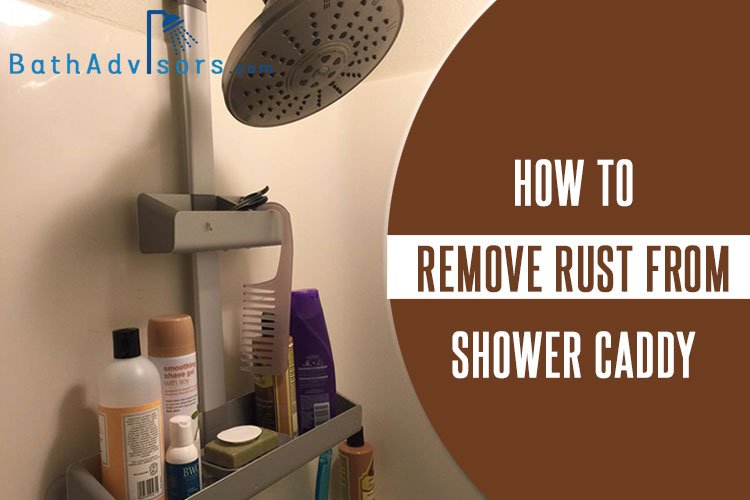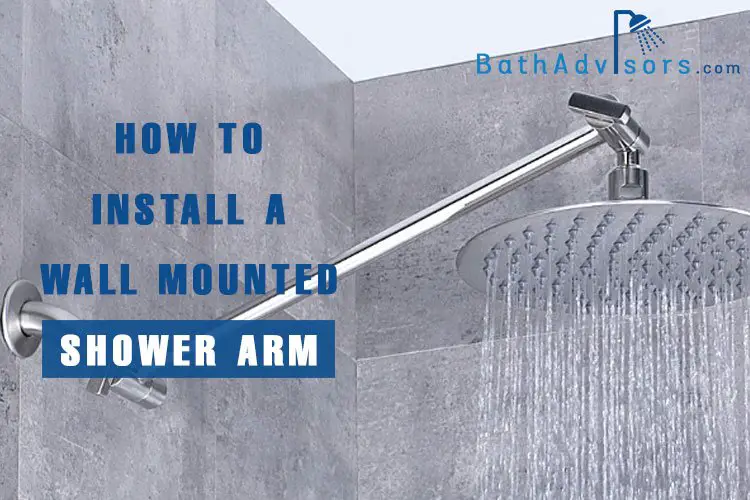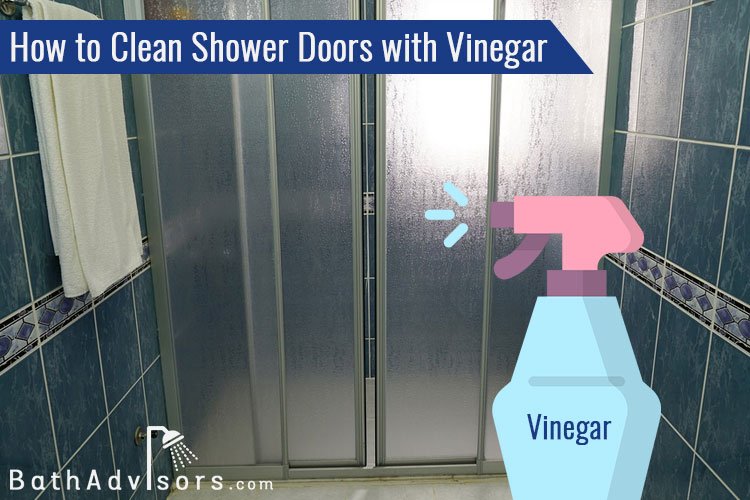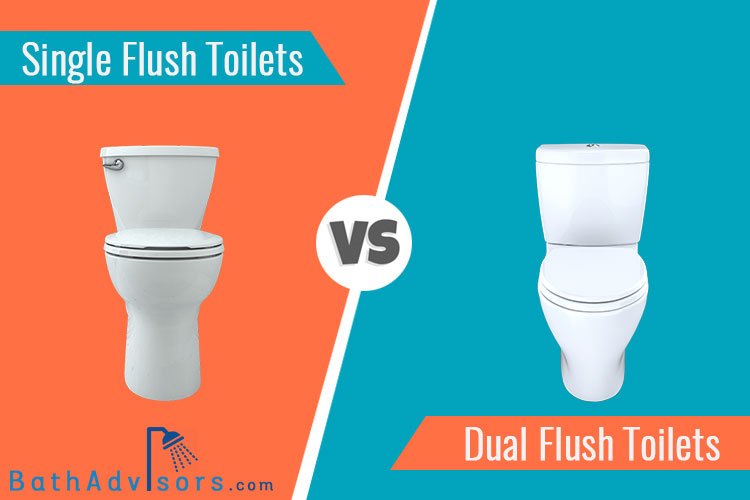An overflow drain is essential since it protects your bathroom from flooding, and of course, keeps the water bills under control.
Do freestanding tubs have an overflow drain? Yes! These tubs do have an overflow drain, but it is limited to the type of tub. Some freestanding tubs such as the clawfoot, and acrylic tubs don’t have it. But you can also install the drain afterwards.
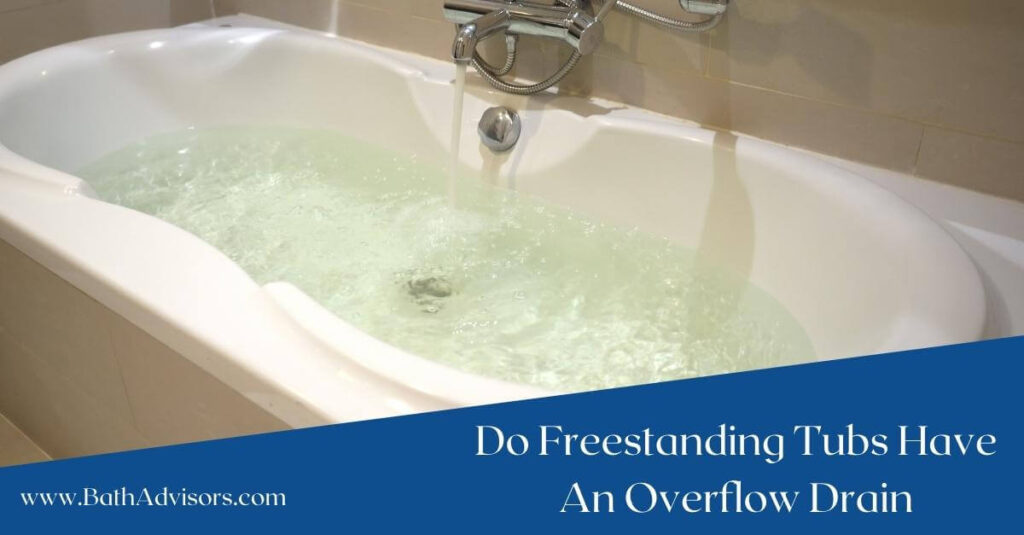
In this article, I’ve listed a step-by-step guide to installing an overflow drain on your bathtub drain.
Moreover, the article covers important information about the types of overflow drains, so you can get the best one for your bathtub that functions smoothly.
Different Types of Bathtub Overflow Drains
Freestanding bathtubs come with two types of drains, including: integral and traditional. The choice of type of overflow drain largely depends on the type of freestanding tub you are opting for.
Here’s a brief of both overflow drains types:
Integral
The integral freestanding overflow drain comes assembled from the manufacturer, and you don’t have to worry about anything. These overflow drains are available in regular freestanding tubs, including the ceramic and tile ones where you cannot drill a hole.
A big drain plate covers the drain and directs the water into the hole for quick flushing.
Traditional
A traditional overflow drain consists of a hole cut into the bathtub. The drain hole accommodates an overflow tube that directs the extra water to the main drain and flushes it out. You can install an overflow drain in a freestanding bathtub.
Note: The steps listed in this article will help you install a traditional overflow drain and not an integral one. If you need a tub with an integral drain, then read this comprehensive guide on freestanding bathtubs and choose one with a built-in drain.
How Does the Overflow Drain Work on a Freestanding Bathtub?
The working of an overflow drain may seem complicated, but it’s straightforward once you understand it. When the water reaches a certain level that it may escape the tub walls, it enters the drain. The drain hole directs the extra water to the main drain (concealed inside the wall), preventing the tub from overflowing.
There are two parts to an overflow drain, including the overflow drain itself and the trap. The trap locks and unlocks the drain, as the water level reaches above the drain plate.
Inside the overflow drain, there’s a washer connected to the overflow pipe to prevent leaks and keep the drain working properly.
Which Freestanding Bathtubs can have an Overflow Drain?
Before I explain the steps to install an overflow drain on a freestanding tub, it’s important to know whether you can have it on your tub or not.
If you own a cast iron, a wooden, or a stainless-steel bathtub, you can drill a hole and install the drain. For ceramic and tile bathtubs, you need to contact the manufacturer to get the hole drilled.
Measure the distance from the drain line (concealed inside the wall) to the point where you want to rest the bathtub (facing the side of the drain line). Note down the dimensions and forward them to the manufacturer to get the drain hole drilled at the exact spot you want.
How to Install an Overflow Drain on a Freestanding Bathtub?
Installing an overflow drain on a freestanding tub is not a task. But you need to keep a few things in mind, else the drain may leak, and you will need professional help in such cases.
Follow all steps in order, and ensure using a lot of plumbing tape for a leak-proof connection.
Step 1: Gather all Tools in One Place
For installing an overflow drain, you need:
- Channel-lock pliers
- Tub drain wrench (I recommend Superior Tool Dumbell Wrench)
- Slip fittings
- Screwdrivers
- Plumber’s putty
- Tubing cutter (if required)
- Plumber’s Tape
- A drilling machine with the right attachment (I recommend BLACK+DECKER 20V Cordless Drill)
Step 2: Drill a Hole in the Bathtub
Next, you need to drill a hole in the bathtub to fit the overflow drain tube. Measure the tube, and drill a hole that’s almost the same size, so that the tube fits easily.
When drilling holes, wear protective gear such as goggles and gloves to prevent the flying debris from harming you.
A Pro Tip: Use a normal 8mm drill bit, and start drilling the hole slowly. Then increase the drilling speed so that the drill machine does not bounce off the surface. If you need some help on drilling, watch the below video.
Step 3: Align the Drilled Hole with the Tube and the Drain Pipe
The tubing that you’ll be installing to bridge the bathtub and the drain line should be slightly tilted towards the drain line. And to ensure a perfect installation, you will need a water bubble scale.

Place the scale over the tubing, and incline it towards the tub overflow drain. If required, trim the tube using a tubing cutter.
Step 4: Insert the Overflow Drain Tube and Seal it Using Plumber’s Putty
Position the assembly in place so that the top of the tubing sits perfectly inside the overflow drain. The other end of the tube will fit with the drainage line. Use slip fittings and tighten the slip nuts using channel-lock pliers.
Using slip fitting helps keep the connection secure and reduces the chances of leaks. Now put the plumber’s putty around the drain pipe, and let it dry.
Clean the putty from around the edges of the hole to get a smooth finish and prevent the rough surface from causing abrasions.
Step 5: Install the Overflow Drain Cover

Once you are sure the putty has dried properly. Install the drain cover. You need to drill two holes again on the tub wall to fit the cover properly.
Place the bathtub overflow drain cover over the tub, and mark the holes using a pencil. Now take a regular drill bit (that’s the size of a screw), and drill two holes carefully.
Install the overflow drain cover, and you are good to go!
Step 6: Connect the Tube with the Drain Line
Now connect the tube with the main drain line concealed inside the wall. You can again use slip fitting to ensure a leak-free assembly. Put the drain tube into the threaded tailpiece of the drain arm, and tighten the connection using a wrench.
If possible, ask someone to help you out, as holding the pipe and tightening it can be tedious. Put the plumber’s putty over the connection, and let it dry.
Step 7: Check for Leaks
The only way to check for leaks is by putting some water inside the overflow drain. Either you can fill the bathtub if you have plans to take a bath. Or put some water in the drain using a hose. Check if the water is dripping from the drain tube and the main connection around the drilled hole.
Pros and Cons of Installing an Overflow Drain on a Freestanding Bathtub
Well, the process of installing an overflow drain on a freestanding bathtub requires drilling, so you should know its pros and cons beforehand.
Pros
- Your bathtub will never overflow again
- It saves your water bills
- No need to buy a new bathtub
- It’s affordable to install an overflow drain
Cons
- It may void the bathtub’s warranty
- You cannot drill a hole on hollow materials like ceramic and tile
FAQs
Q1: Where does the Overflow Drain go on a Tub?
A1: You have to determine the position of the overflow drain depending on the placement of the bathtub to the wall adjacent to it. The overflow drain should be near the main drain line so that the pipe hides away and functions properly.
Q2: Do Bathtubs Require an Overflow Drain?
A2: Yes, an overflow drain is important for every bathtub since it prevents the water from exceeding a certain level. If you have a freestanding tub without an overflow drain, then you can install it.
Q3: Can you Fill the Tub past the Overflow?
A3: No, you cannot fill the tub past the overflow because the extra water will exit through the drain. The only way you can fill the tub beyond the overflow drain is by blocking the drain hole, which is not recommended.
Q4: Why does my Bath Overflow Smell?
A4: The reason why the bathtub overflow drain smells is because of the accumulation of soap scum inside the tube or the main line. Always use a bathtub overflow drain stopper plate that conceals the entire drain hole and only opens when the water reaches a particular level.
Q5: Should I use Silicone or Plumber’s Putty for the Bathtub Overflow Drain?
A5: You should use a plumber’s putty since it ensures a leak-free assembly. Silicone works well for small holes and is not the best sealant to use when installing an overflow drain on a freestanding tub.
Final Thoughts
Now you know that freestanding tubs have an overflow drain, and the correct way to install one. It is essential to use enough plumbing putty and tighten the slip fittings properly to seal the tube in place.
If required, you can contact a plumber to install the overflow drain, as according to the plumbing code, some cities in the United States mandate such installations only to plumbers.
Lastly, ask someone to assist you out as drilling holes in a tub requires additional help.



